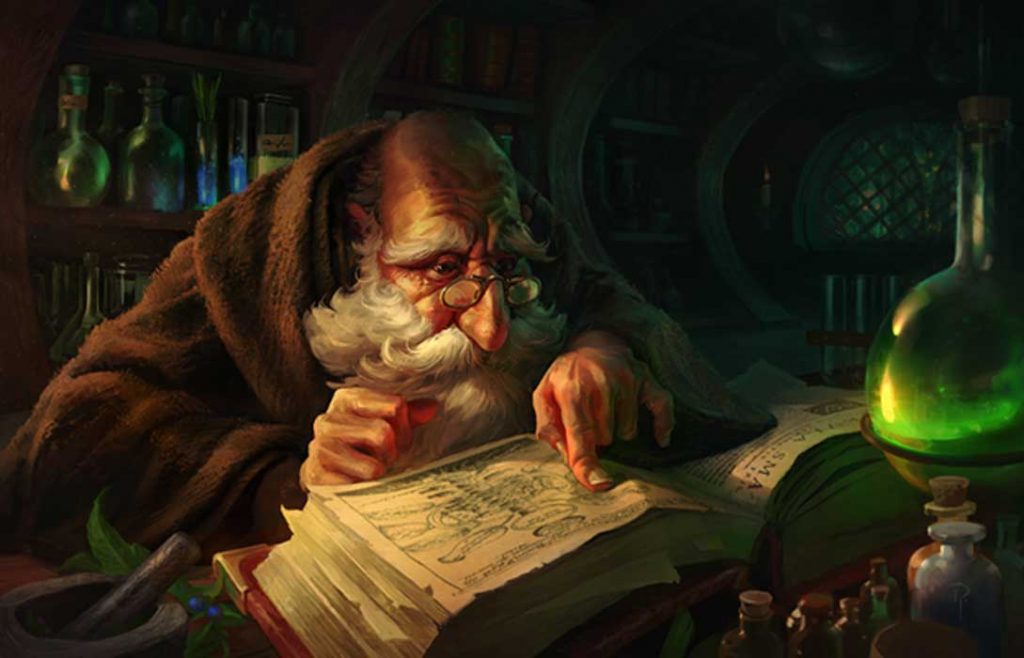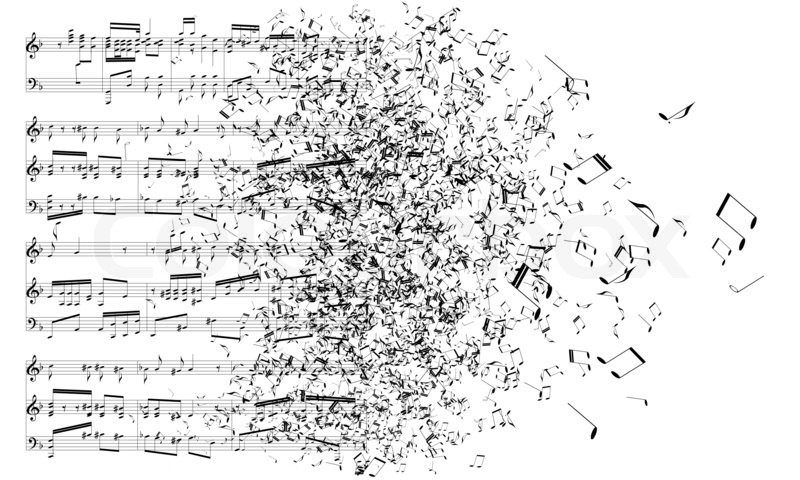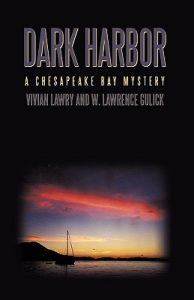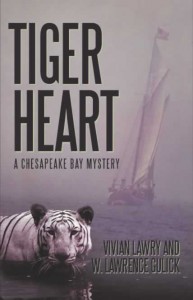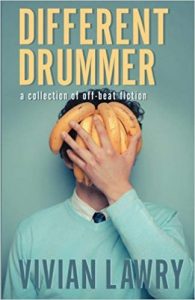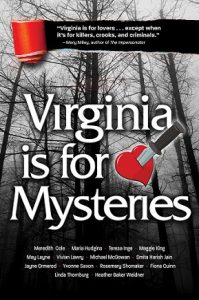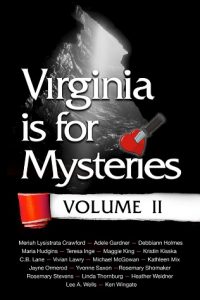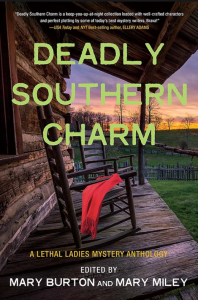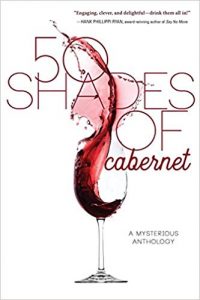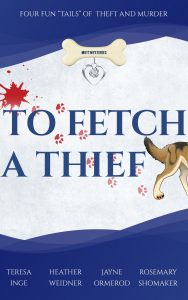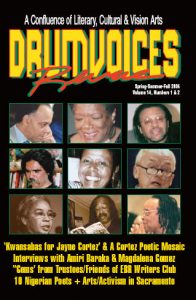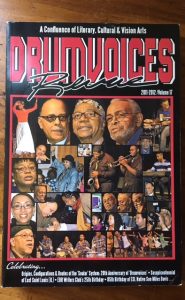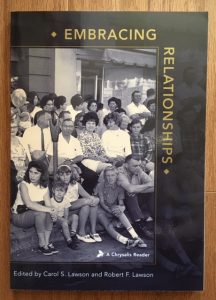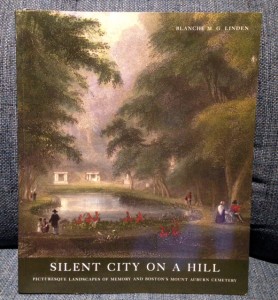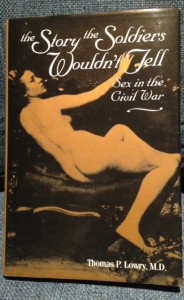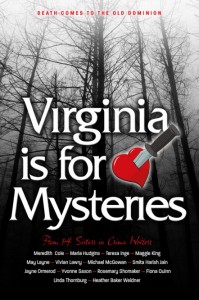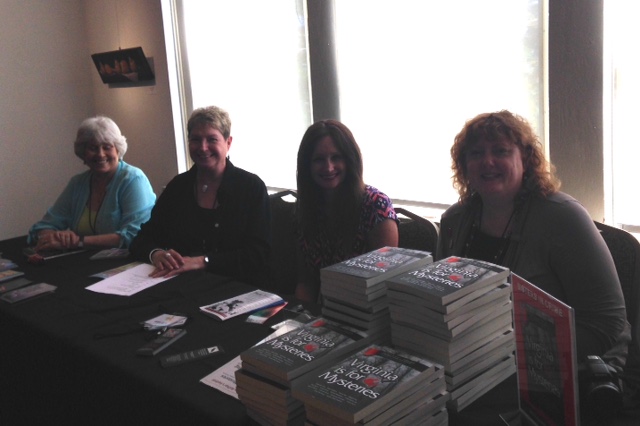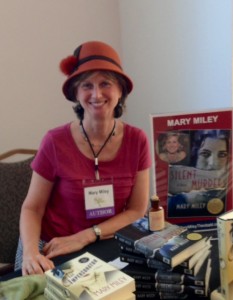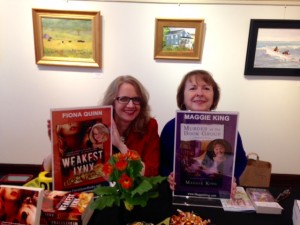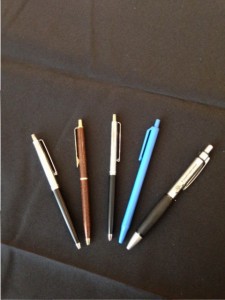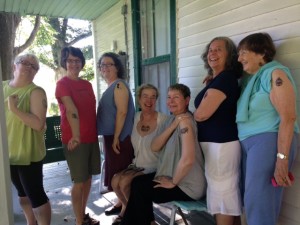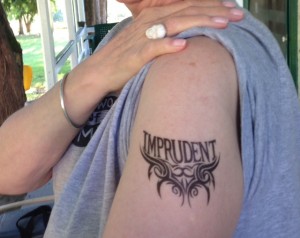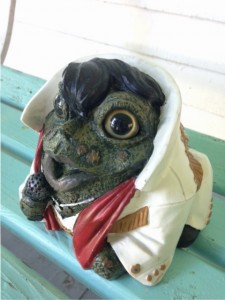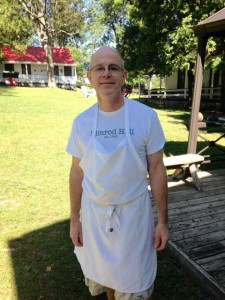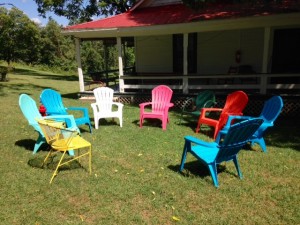An anthology is a published collection of writings (such as poems or short stories) by different authors.
One of the basic characteristics of anthologies is that the works included are relatively short. They are good for days when focusing for a long time may not be feasible, or when one wants a literary bite before bedtime.
By definition, because anthologies include works by different authors, they include different voices, styles, and maybe genres. If you don’t like one story, move on to the next.
When anthologies draw from previously published sources, the work has already been vetted for quality more than once. Indeed, many anthologies are published annually with titles like The Best X Short Stories of (Year).
Anthologies can be selected by format. Most recent anthologies are available both as physical books and ebooks.
Anthologies are often broad in scope.
100 Great Short Stories by Dover Publications
Great Short Short Stories, edited by Paul Negri
The World’s Greatest Short Stories, edited by James Daley
120 Great Short Stories, by Oldiees Publishing
Doubletakes: Pairs of Contemporary Short Stories, edited by T. C. Boyle et al.
40 Short Stories: A Portable Anthology, edited by Beverly Lawn
Some anthologies are mission driven. A couple of examples of these would be Drumvoices Revue (where my short story “Aunt Fan’s Private Journey” appeared), which celebrates diversity, and the Chrysalis Reader series, which describes itself as “original essays, poetry, and short stories illuminating the world of spirit.” One volume included my story “Solid Line.”
Sometimes they are focused by geographic region.
The Best American Short Stories, published annually by Houghton Mifflin Harcourt.
Great American Short Stories, edited by Wallace and Mary Stegner
The Anchor Book of New American Short Stories, published by Knopf Doubleday Publishing Group
100 Years of The Best American Short Stories, edited by Lorrie Moore and Heidi Pitlor
The Oxford Book of American Short Stories, Oxford University Press
The Best American Humorous Short Stories, edited by Alexander Jessup
Sand in My Bra and Other Misadventures, edited by Jennifer L. Leo
The Best Werewolf Short Stories 1800-1849: A Classic Werewolf Anthology, edited by Andrew Barger
The Best Horror Short Stories 1800-1849: A Classic Horror Anthology, edited by Andrew Barger
The Year’s Best Science Fiction, published annually by St. Martin’s Press
The Mammoth Book of Erotica, edited by Maxim Jakubowski
Bottom line: Whatever your heart desires, there’s an anthology for you! All you need to do is look.

